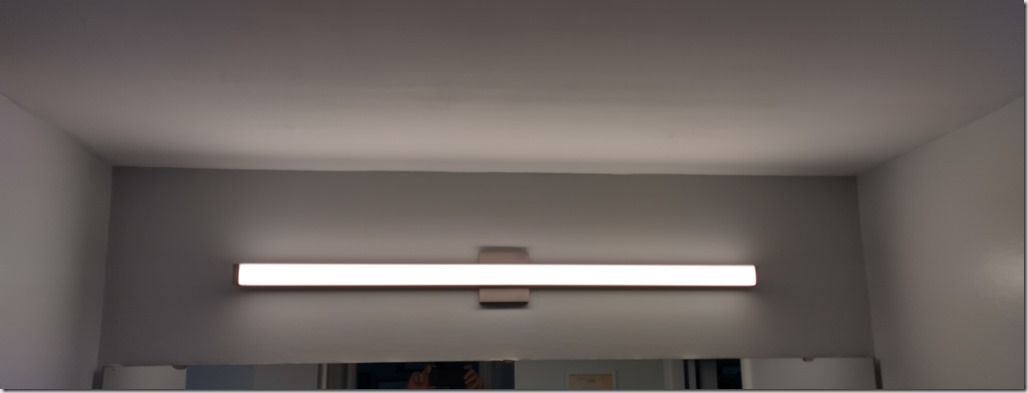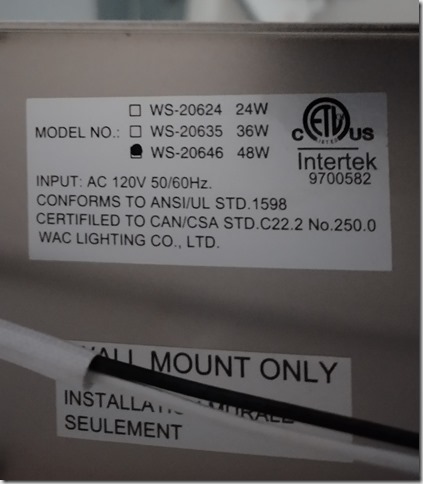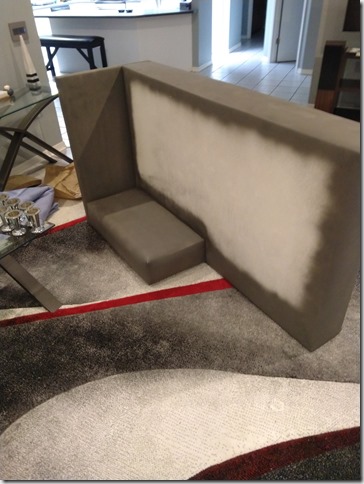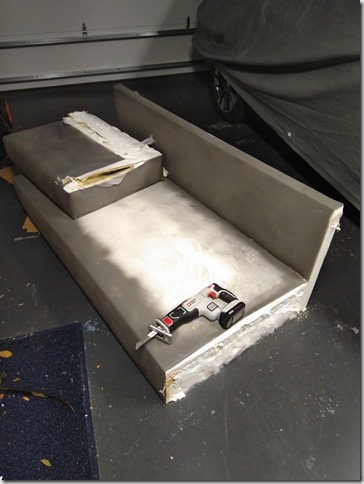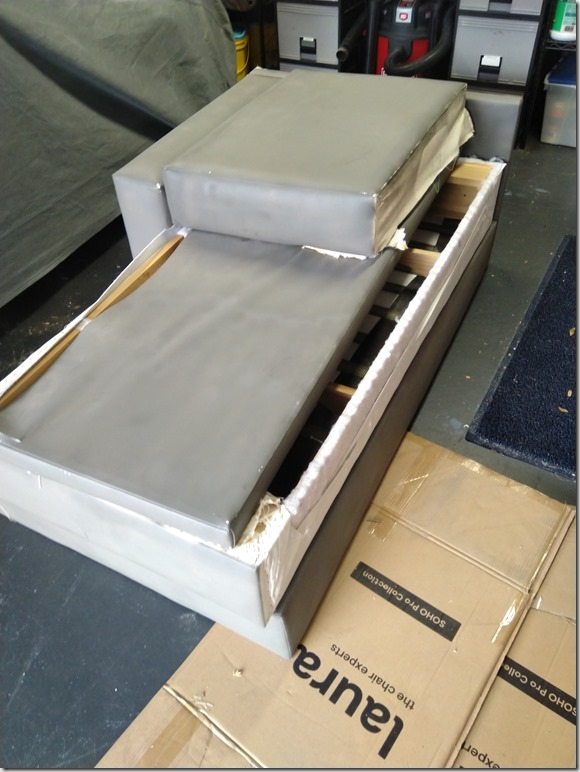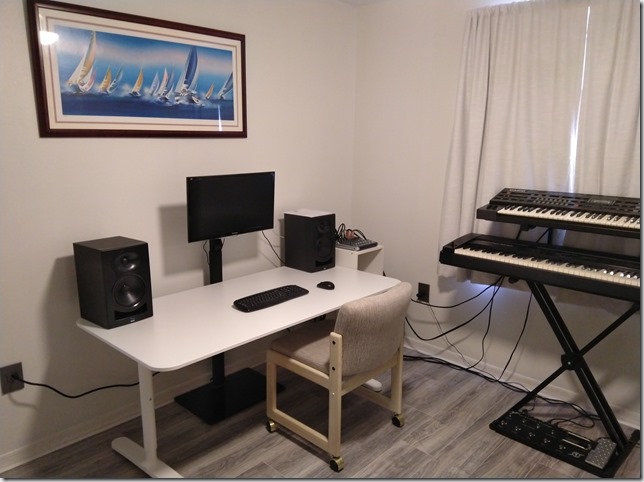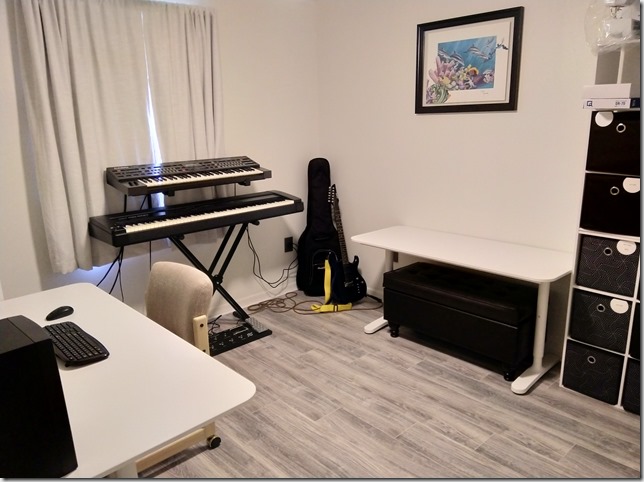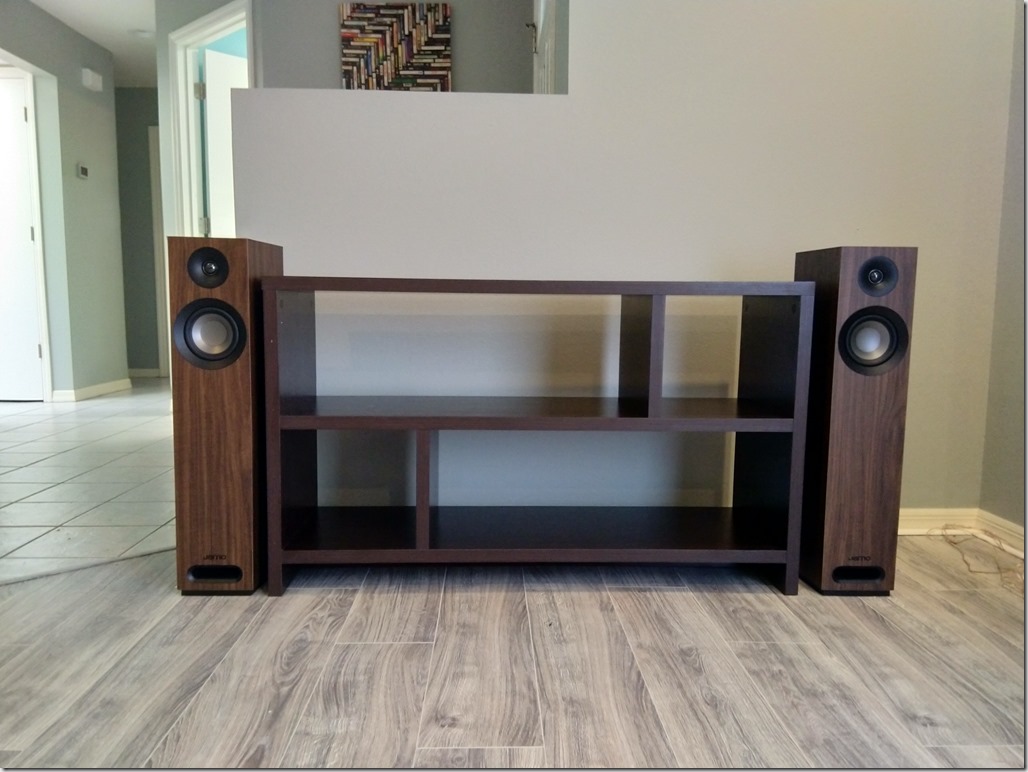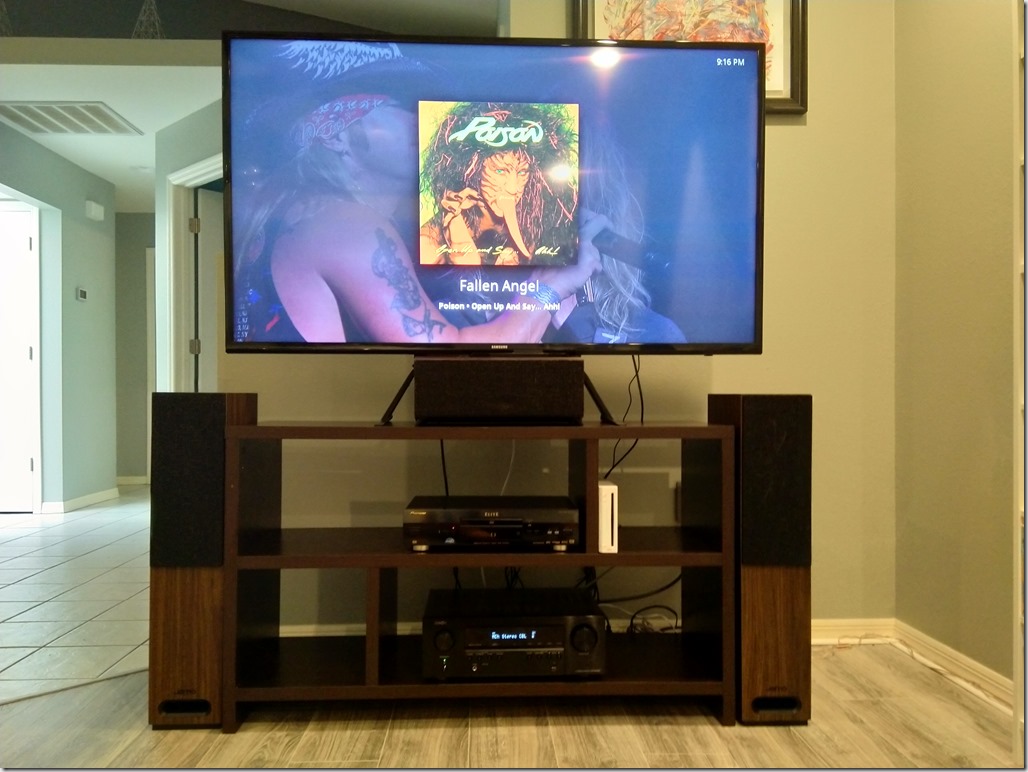The plan was to get three quotes for solar installation. I got two. The first I already discussed. The second company, which was recommended by my pool tech, was somewhat of a letdown. The original contact only did pool solar, so he was going to pass off my info to someone else. That didn’t happen. I called back and set up another appointment with someone else.
The appointment was a bit more sales-y than the first. A lot more information meant to be convincing, for people on the fence. More stuff about financing and return on investment. They made a big deal about their installation, which I will admit was pretty impressive. However, it wasn’t impressive enough to justify their price, which was nearly double the first company.
When there’s that much discrepancy, you have to wonder why. I looked at both quotes with whatever details I could extract from them. They use different panels, which isn’t surprising. They use the same microinverters, same batteries, same interconnects. It’s not really that much different. So, I guess the first is still in the lead.
The third company I took on the recommendation of a coworker. I filled out their online form and got no response. Then I called their number and set up an appointment. They said they would call the day before to confirm, which they did. While confirming the appointment, they asked a couple of questions that didn’t sit well with me. I’d call them “likelihood questions”. Like, would you say your credit score is over 640? And, are you the sole homeowner or is the house jointly owned? These questions essentially tell the salesperson if there’s a chance the deal will fall through for some external reason. Maybe they don’t want to spend as much time on those people. Sounds like timeshare sales, to me.
But in the end it didn’t matter because the sales person no-showed. I waited an hour and then went off to lunch. No calls, nothing. So if their website doesn’t work well and their sales team is sketchy and flaky, probably don’t want to work with them. So the first installer wins out.
So next step, getting the financing. Interesting that this blog started with a bunch of posts on house financing when i was looking for a new place and now I’m back at the bank for a home equity loan. It’s been a long time.
First step is unfreezing the credit files, which, fuck Experian. Their website is garbage. Couldn’t log in, couldn’t create an account. Called their number and the bot says my credit file is not frozen, so I did all that for nothing. Later in the day, I get an email from them to finish setting up my account. I get it set up and I see my file is frozen. These people have NO clue.
Anyway, at the bank, who is using Experian by the way, They fill out my application pretty quickly since I’m already a customer. Some odd questions, like my ethnicity, like isn’t that in my customer profile already? It doesn’t change. What gender I identify as, which I suppose could change on a whim. And then more pointed questions. What’s the purpose of the loan? What’s the purpose of the home improvements? How long have you lived there? What was your down payment when you bought the house? What improvements have been done to the house? What do you expect your house valuation to be? It’s so weird. It’s like, you should be able to access everything about me that’s financially relevant from my credit file, everything relevant to the house from public records, and so you ask pointless questions.
After going through all that, the application goes off to another department to make a determination (I remember this part) and since it is a Saturday, I probably won’t know until Monday. But I expect it’s probably going to go through. So here’s the details.
I’m taking out more than I need, just in case. I figure I can pay it back early. However, this does have a consequence. The interest rate for a loan is at one level for 1-5 yrs, then another for 5-10 yrs. Since I can’t swing the payment for 50k in 5 yrs, they set it up for 10 yrs, which give me an interest rate of 5.375%, and a payment around $365/mo.
Now on the topic of Finance. Some people really, really make interest rates the end-all for everything. I’m sure that some would admonish me for not doing everything I could to get the term to 5 yrs and get that better interest rate. But what’s the point? I’m not going to run the loan to full term anyway. First I make a big payment with whatever is left after the installation, I make another big payment with the tax credit, then I’m paying nearly double the monthly payment. I’m not going to feel a huge bite due to the difference in interest rates between the two terms in the length of time I’ll have the loan. No reason to stress. Things are going to work out.
Now, I was sure to ask about a pre-payment penalty, and to my surprise there was one. But the terms are unlikely to affect me. First, the penalty is repayment of any appraisal fees the bank pays for and also some other closing costs. That’s not unreasonable. And then, it’s only if you pay the loan off in 36 months or less. I’ll be pretty lucky if I can pay this off in 3 years, but I can certainly draw it out to 37 months if I need to.
So I might be signing a sales contract by Thanksgiving. Will I get installation and activation by the end of the year so I can get the tax break this year instead of having to wait? We’ll have to see!


